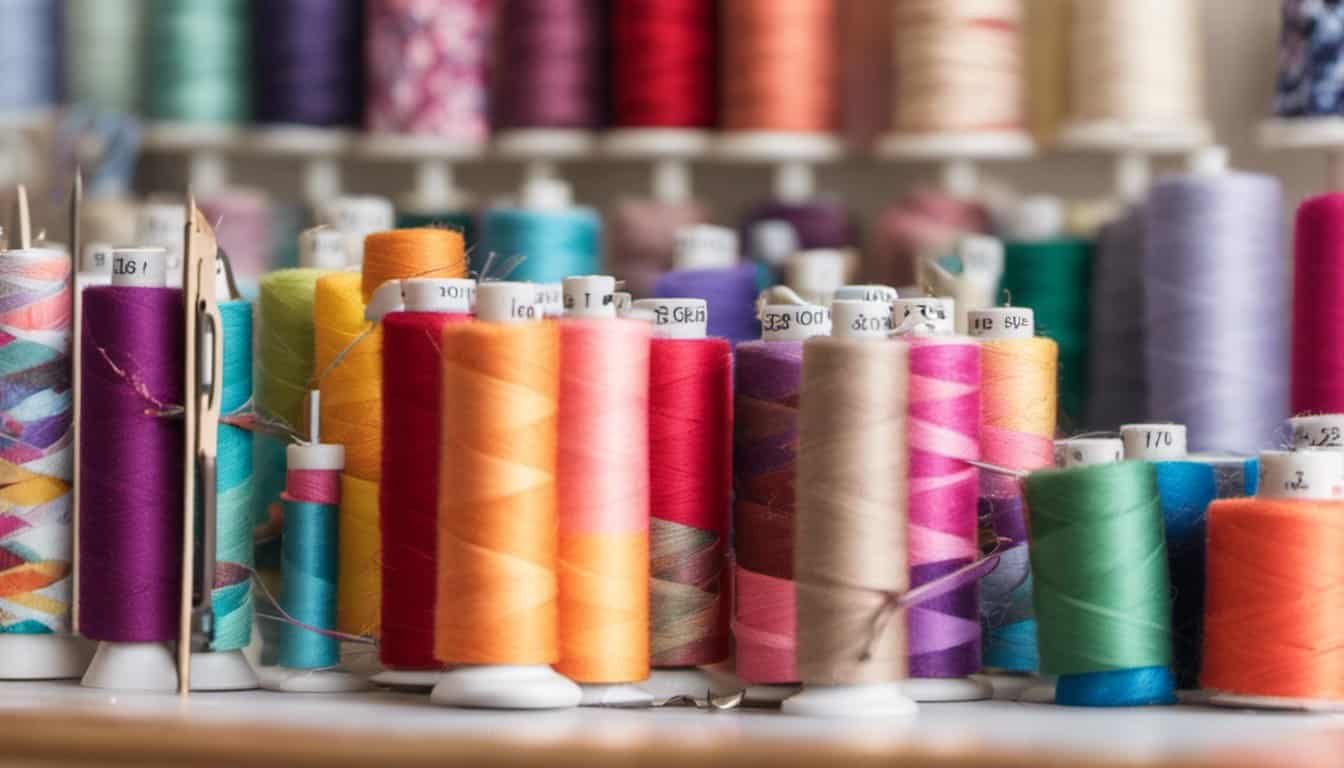As a sewing enthusiast, I’ve always loved the elegance a bias strip can add to a project. Whether you’re finishing edges or adding decorative flair, a continuous bias strip offers that smooth, polished look that elevates any garment or accessory. But getting those strips just right can seem tricky at first.
Materials Needed
- Fabric: Choose a woven fabric with at least 45-inch width to ensure proper bias cutting.
- Thread: Select a polyester or cotton thread that matches your fabric color for seamless stitching.
- Sewing Machine: Utilize a reliable sewing machine equipped with a bias tape guide for accuracy.
- Scissors or Rotary Cutter: Use sharp fabric scissors or a rotary cutter to cut precise bias strips at a 45-degree angle.
- Measuring Tape or Ruler: Measure fabric accurately to ensure uniform bias strip width, typically 1 to 2 inches.
- Pins or Clips: Secure fabric layers together while sewing to prevent shifting.
- Iron and Ironing Board: Press fabric before and after sewing to achieve a flat, professional finish.
- Cutting Mat: Protect your workspace and maintain sharp edges when using a rotary cutter.
- Bias Binding (Optional): Add decorative elements or finished edges to your bias strip projects.
Preparing the Fabric
Getting your fabric ready is key to creating smooth, professional bias strips.
Cutting the Bias Strip
- Measure Width: Decide on the finished width of your bias strip, usually between 1/4 inch and 1 inch. Add a 1/4 inch seam allowance to each side.
- Fold Fabric Diagonally: Fold the fabric at a 45-degree angle so the selvage edges align. This ensures the strip is cut on the bias.
- Mark the Strip: Use a ruler and fabric chalk to draw straight lines for consistent width.
- Cut Precisely: Trim the strip with sharp scissors or a rotary cutter, following your markings carefully.
- Verify Dimensions: Double-check the width and length to match your project needs, preventing fraying and ensuring a seamless finish.
Sewing the Bias Strip
Once the bias strip is prepared, it’s time to sew it onto your project for a polished finish.
Setting Up the Sewing Machine
I start by threading my sewing machine with matching thread to blend seamlessly with the fabric. Next, I choose a universal needle, suitable for woven fabrics, ensuring smooth stitching. I adjust the tension settings to match the fabric weight, preventing puckering or loose stitches. Finally, I select a straight stitch and set the stitch length to medium, typically around 2.5 mm, for durability and a clean appearance.
Attaching the Strip
I align the bias strip with the edge of the fabric, ensuring even distribution. Using pins or clips, I secure the strip in place to prevent shifting during sewing. I begin stitching from the center, moving outward to maintain symmetry. Maintaining consistent seam allowances, I guide the fabric through the machine, keeping the strip taut but not stretched. Once attached, I press the seam with an iron to set the stitches and achieve a crisp, professional look.
Finishing the Bias Strip
Completing the bias strip ensures a professional and durable finish. Follow these steps to finalize your bias strip:
Trimming Excess Threads
After stitching, trim any loose threads close to the seam. This step prevents fraying and maintains a clean appearance.
Pressing the Seam
Press the seam flat using an iron on a medium setting. This action smooths the fabric and sets the stitches, enhancing the overall look.
Final Inspection
Examine the bias strip for any irregularities. Ensure the strip lies evenly and the stitches are secure. Address any inconsistencies before moving forward.
Optional Topstitching
Add topstitching for extra durability and a decorative touch. Use a matching thread and a straight stitch along the edge of the bias strip.
Reinforcing Seams
Strengthen the seam by backstitching at the beginning and end. This reinforcement prevents the stitches from unraveling over time.
Final Press
Give the entire bias strip a final press. This step sharpens the edges and gives the project a polished finish.
Cleaning Up
Remove any remaining pins or clips. Sweep the workspace to ensure all tools are accounted for and the project area is tidy.
| Step | Action |
|---|---|
| 1. Trimming | Cut loose threads near the seam |
| 2. Pressing | Iron the seam flat |
| 3. Inspection | Check for evenness and security |
| 4. Topstitching | Add decorative or durable stitches |
| 5. Reinforcing | Backstitch at start and end |
| 6. Final Press | Iron the entire strip |
| 7. Cleaning Up | Remove pins and tidy workspace |
By carefully finishing each step, the bias strip integrates seamlessly into your project, providing both strength and aesthetic appeal.

Conclusion
Sewing a continuous bias strip has truly transformed the way I approach my projects. It’s amazing how this technique adds that professional touch I always wanted.
With each strip I sew my confidence grows and so does my creativity. I look forward to applying these skills to even more of my sewing adventures and seeing the beautiful results unfold.















